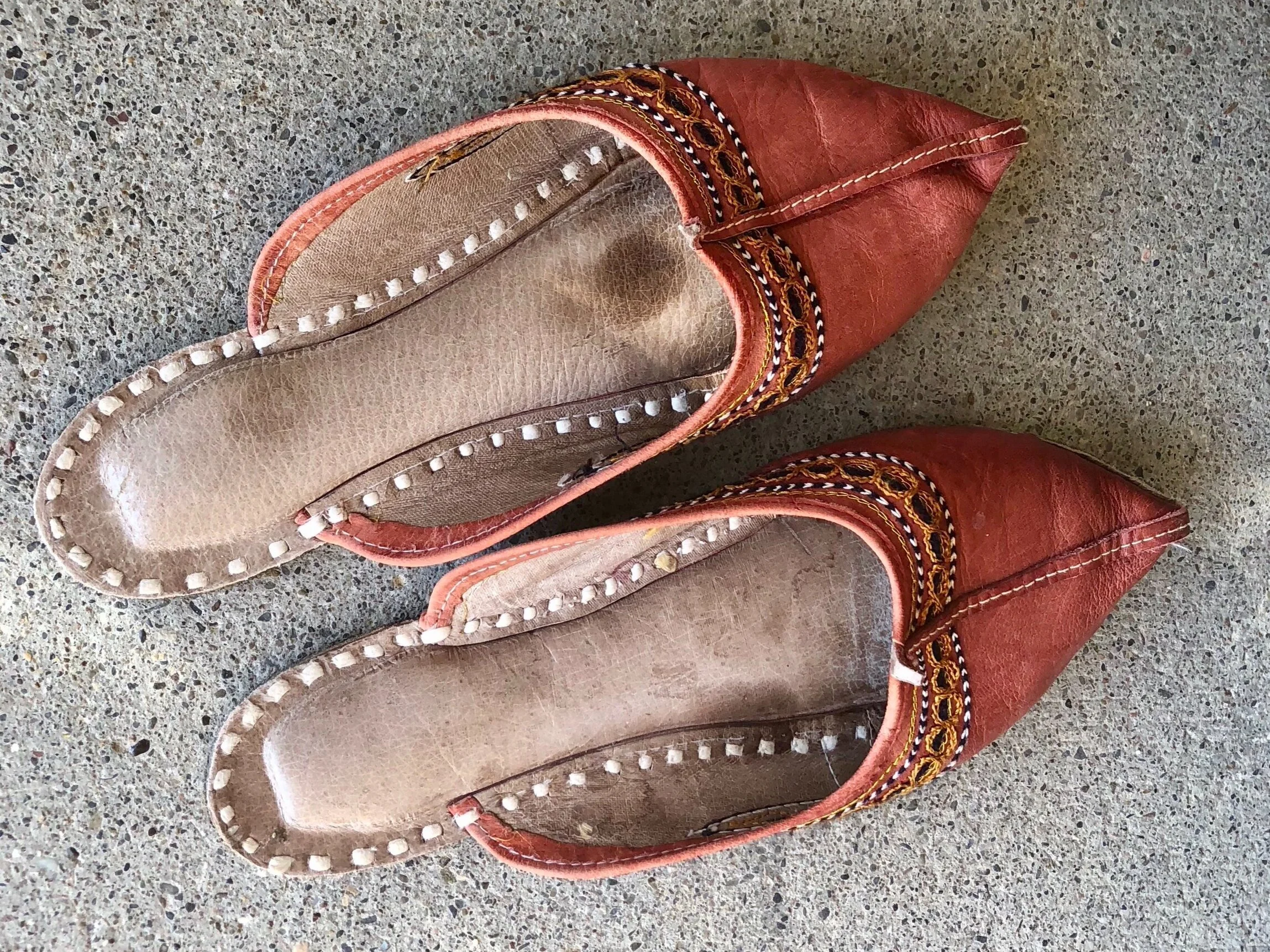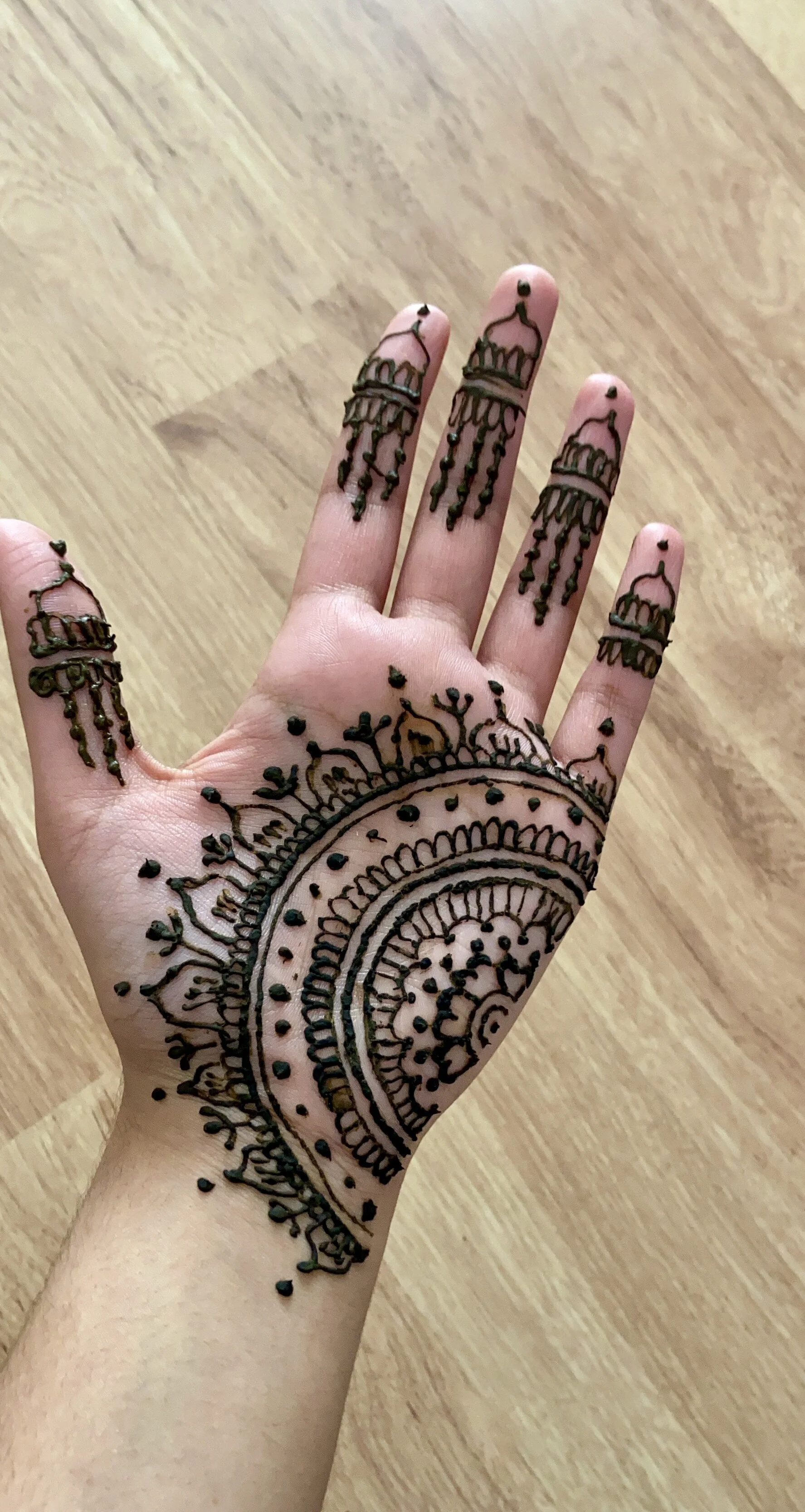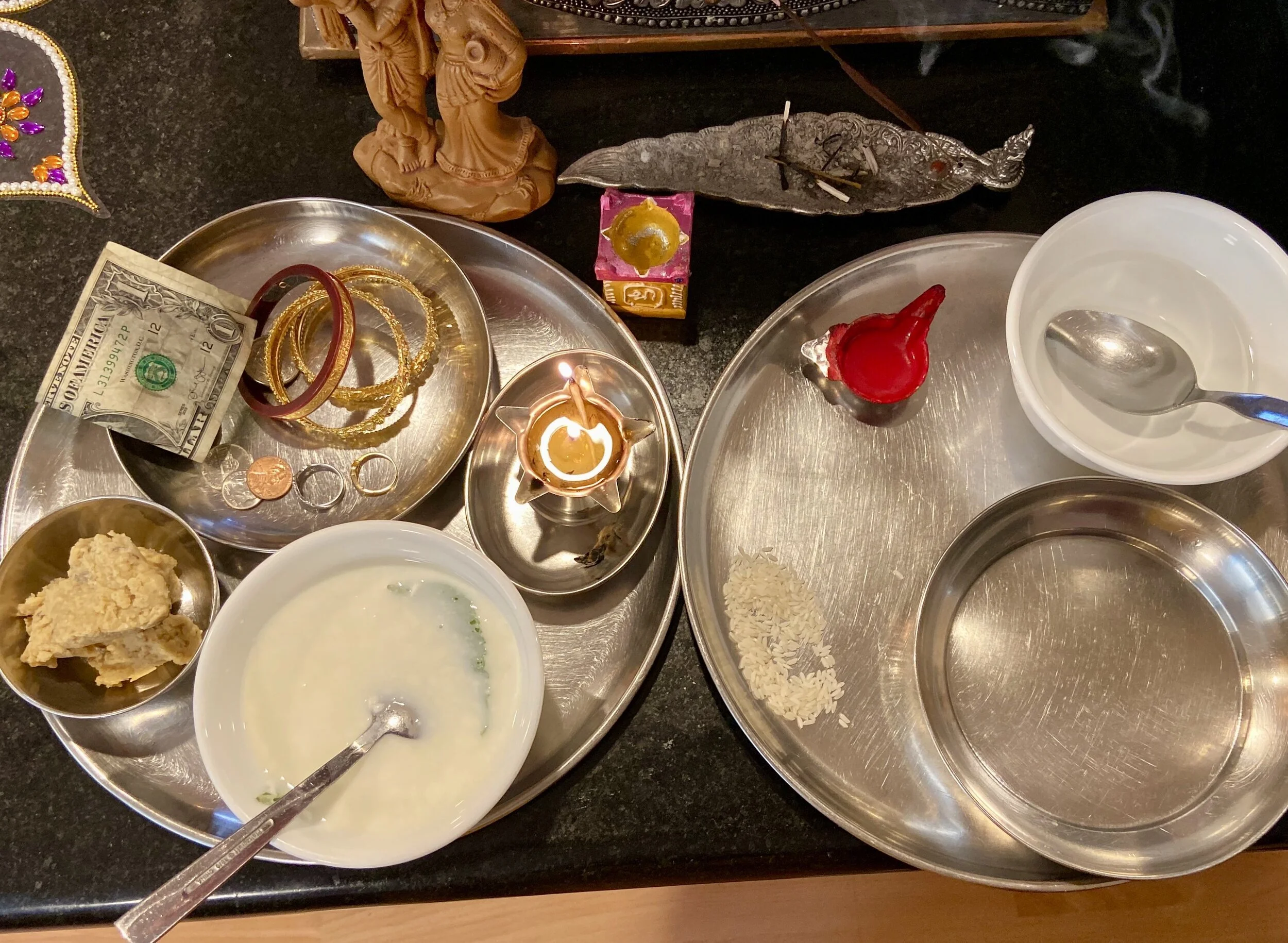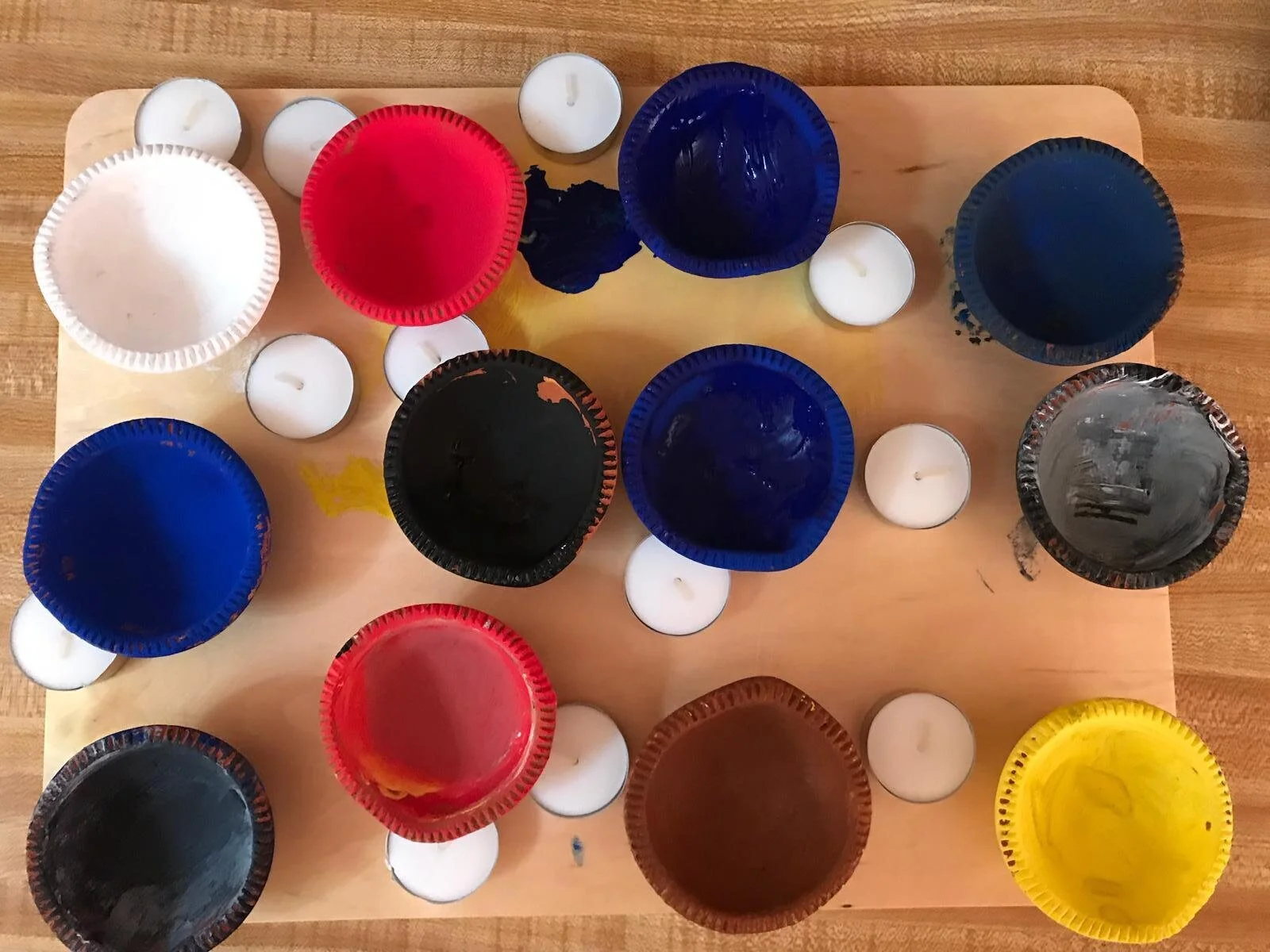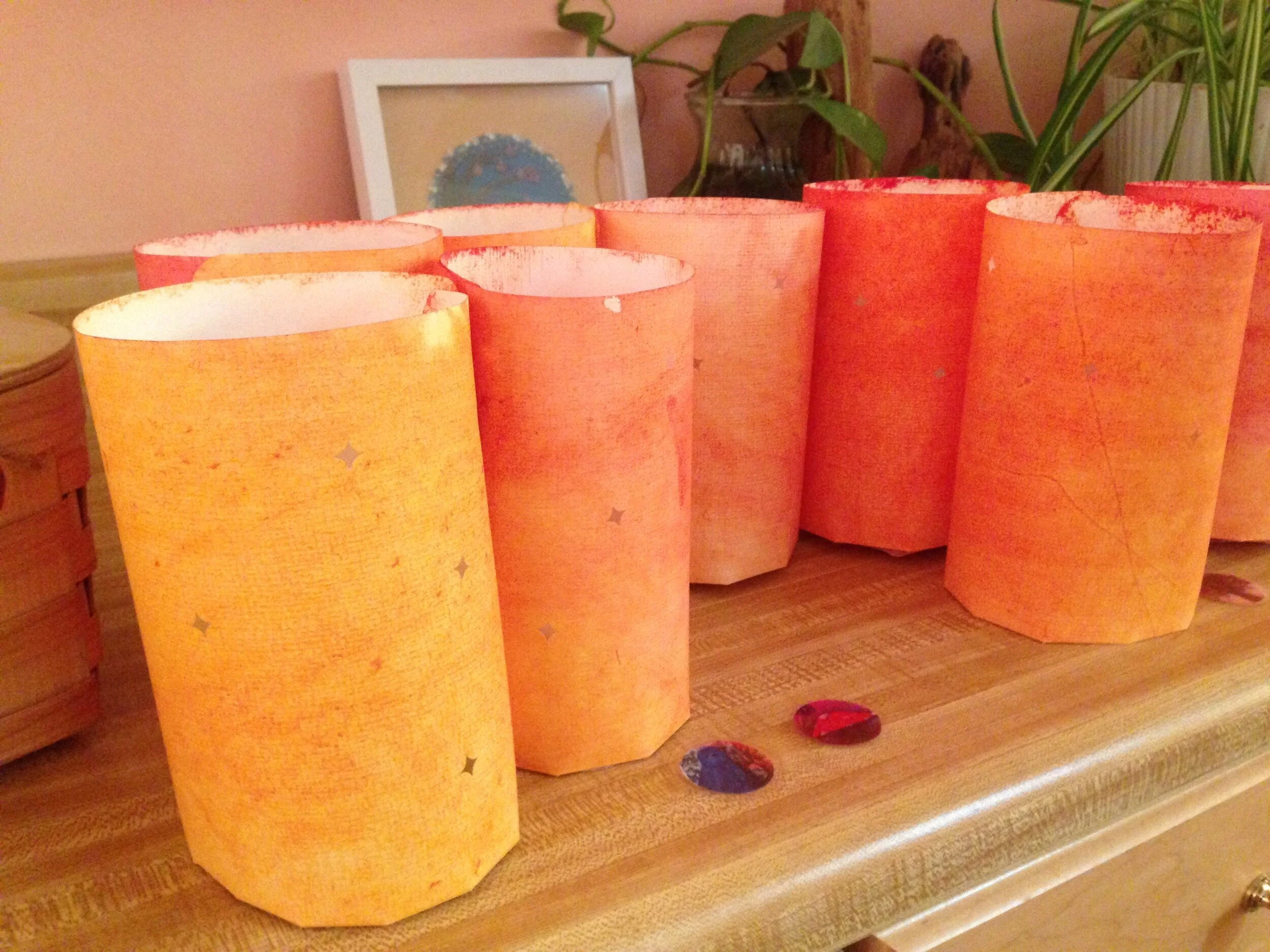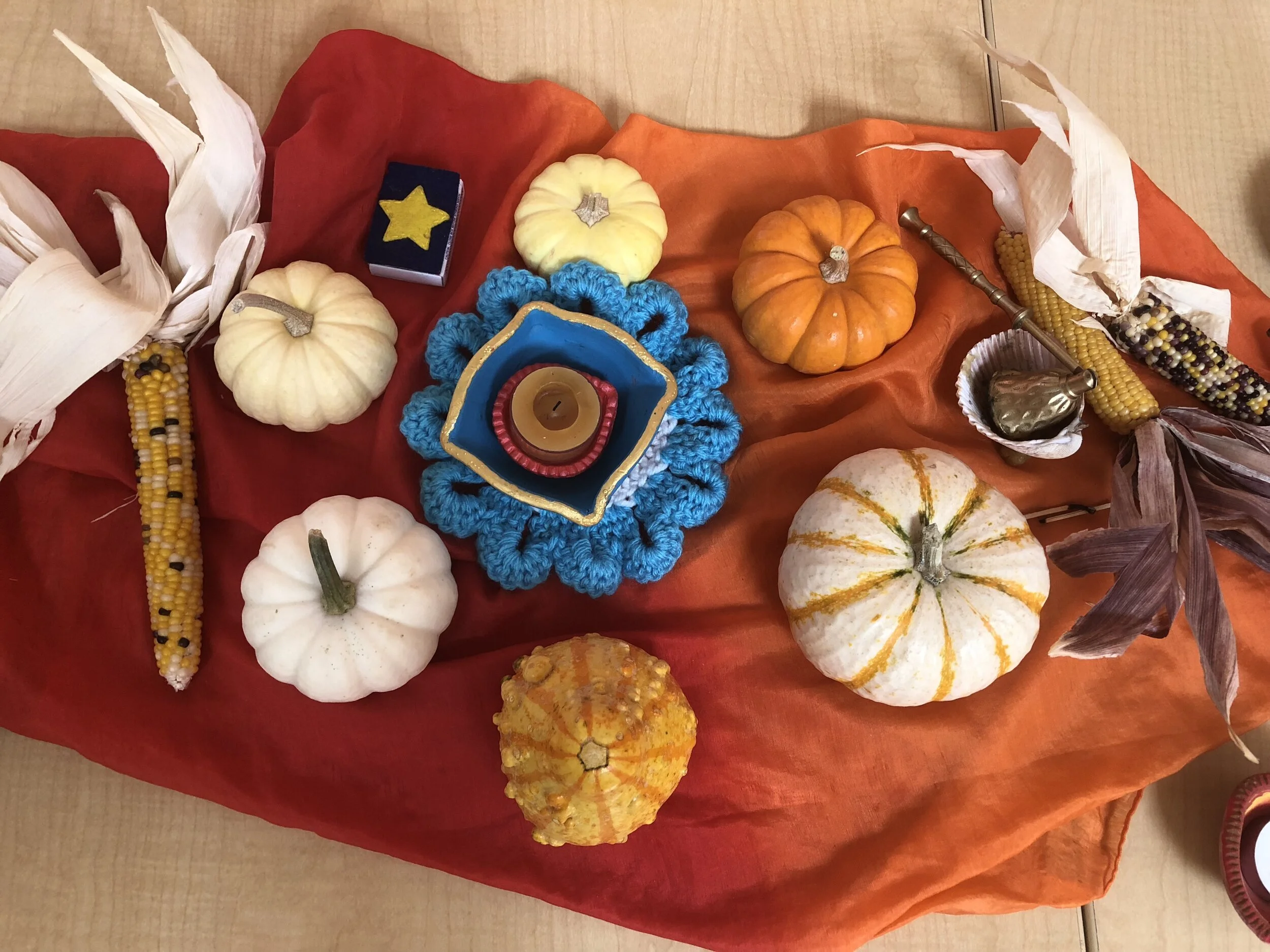How two young women celebrated ‘Diwali’ in California
by Michelle Glorieux, Anjali Suthar and Shambavi Guduru
What is Diwali?
by Michelle Glorieux
Dispelling evil with light, traditional garments, shrines, idols, firecrackers, henna, incense and sweets galore…
Just when and where can all of these curiosities be found in one place? That would be Diwali.
Just what is Diwali you might ask? I know I did.
True story.
I should preface this embarrassing account in sharing that I’ve lived in Europe the last decade, and before that spent most of my formative years in The South (of the United States). I sadly never learned much of anything about India or its culture.
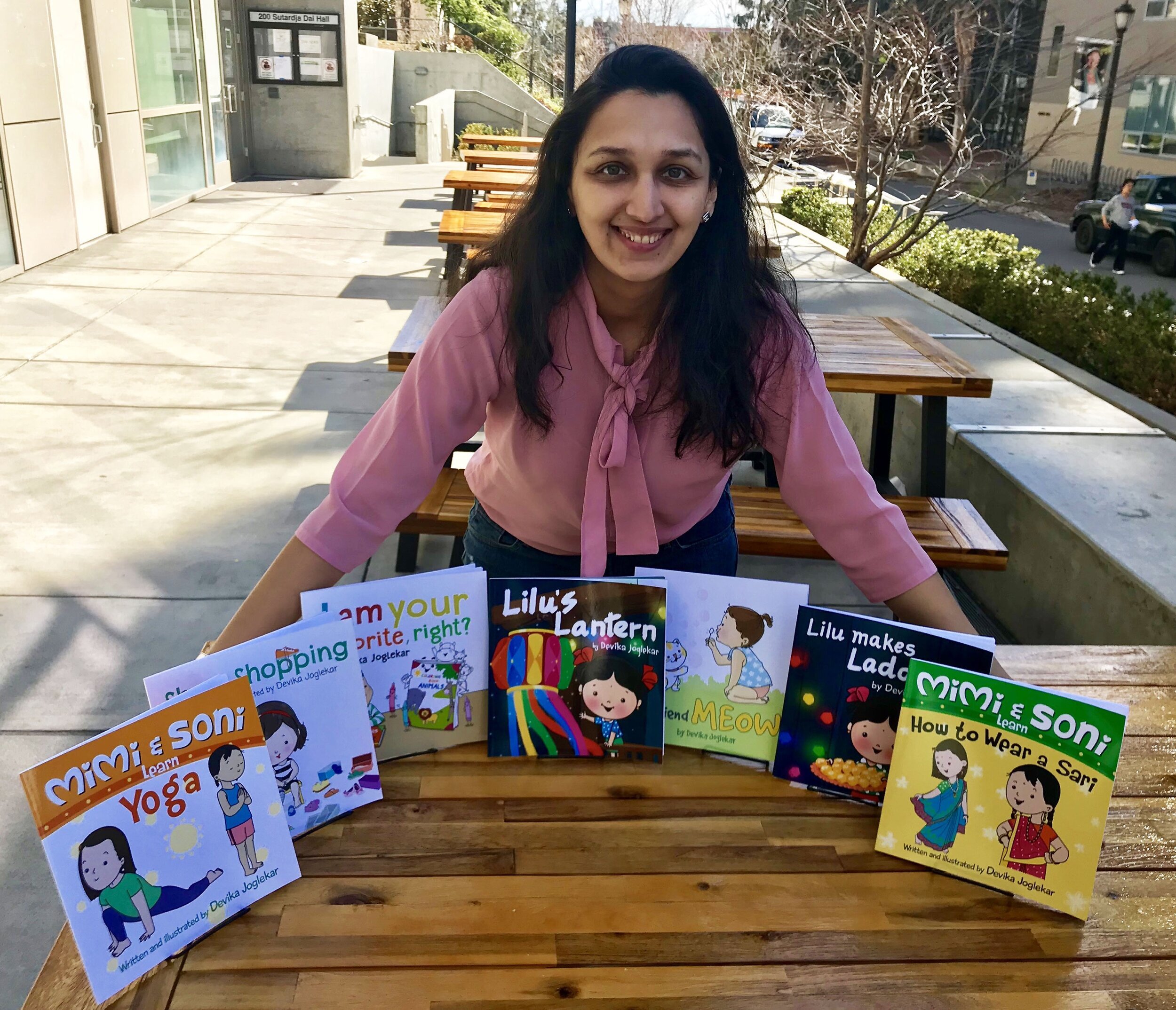




Flash forward to 2017 when I relocate to the cultural melting pot of San Francisco Bay, California and suddenly I see the word ‘Diwali’ in my computer calendar.
I thought, “Diwali? What is that and who on Earth added it to my calendar?”
I had never seen or even heard the word.
Turns out it is a holiday and I was about to get a crash course since I was luckily now surrounded by natives of India in my new dwelling place of California.
Turns out that dwelling place is the perfect place to launch a startup whose mission is to inspire children and their families to explore language *and* culture. That startup is TA-DA! Language Productions and at present we are blessed to be surrounded by 27 magnificent, culturally diverse interns who bring a tremendous amount of light and energy to our endeavor.
Turns out light is what Diwali is all about. Two of our talented interns just happen to be from India and they share here with you two different perspectives on what Diwali means to them.
Since my arrival here in Silicon Valley, I happen to also have made a new friend, also from India, who writes and illustrates children’s books for her company Miheika Publications, sharing insights into the culture of her homeland. Devika Joglekar is her name and she has published a book for children about Diwali, as well as a variety of additional fascinating topics related to her Indian heritage. I hope you’ll check them out as they are a product of much love and energy - and beautifully executed.
Meanwhile, enjoy these inside peeks into the magical tradition of Diwali through the eyes of our interns Anjali Suthar and Shambavi Guduru. I know I did!
Thanks, team - and ‘Happy New Year’!
Diwali
by Anjali Suthar
Diwali is a festival celebrated in India by Hindus. It occurs on a different day every year because it does not follow the Gregorian calendar, but instead follows the Hindu calendar. Diwali occurs in the month of Kartika, which is sometime during October or November. This year it is on October 27. It lasts for five days. The first day of the festival, which was on Friday, is called Dhanteras.
It is mostly celebrated in the north and western parts of India, most commonly in the state of Gujarat which is where my family is from. Dhanteras marks the day the goddess Lakshmi and the god Dhanvantari were born. Lakshmi is the goddess of wealth and prosperity, while Danvantari is the god of health and healing. The diyas are lit in their honor.
On Dhanteras we clean the house and also dress in traditional clothing and do a puja. Puja (also spelled pooja) means an act of worship.
During the puja, we assemble in front of our small household shrine which contains idols of many of the major gods of Hinduism.
Since Dhanteras is about wealth and prosperity, we arrange precious items such as gold and silver jewelry, coins and paper money, and other things that are precious or expensive in front of the shrine. We recently purchased a new car, so we put the keys of the car there along with the other items.
We lit a lamp and incense sticks and sang a devotional song, called bhajan, dedicated to Lakshmi.
During the puja ceremony we “bathe” the gods by washing the idols first with milk then with water. We then apply marks of vermilion to the gods, and on the precious items which we laid out earlier.
An offering called panchamrut is then drunk at the end of the ceremony. Panch means five, and the offering is named so because it is made using five ingredients—milk, clarified butter (called ghee), yogurt, honey, and leaf from a plant called tulsi which is similar to basil.
The second day, Saturday, is called Chhoti Diwali, which means Little Diwali. On this day we make lots and lots of snacks and sweets at home, and make colorful patterns on the ground using colored powders. These patterns are called rangoli. A type of “rangoli” has come out that is shiny beads and mirrors arranged on a sheet of clear plastic so that it can be reused.
Sunday is the third day. It is the main day of Diwali itself. We dress in our finest traditional outfits and go to the temple, where a large array of offerings is laid out in front of the idols of the gods and the shrines are lavishly decorated. At home we do puja dedicated to Lakshmi and to other gods and goddesses. We also make fancy mealswith many different items, as well as eat the sweets and snacks that were made earlier in the week. People also visit relatives and friends, bringing sweets and gifts to their houses. Typically, fireworks and crackers are lit on this day, and the streets in India are filled with the loud noise and the smoke of firecrackers. Since in the US it is usually not allowed to set off fireworks in the streets, we play with sparklers. This year however it was too windy for it. The night ends with another puja.
My family ends the festivities on the day of Diwali itself. But more traditional Hindus celebrate for two more days. Day four is called Padwa which celebrates the love and mutual devotion between husband and wife. The husbands give gifts to their wives and they will also host dinners.
The fifth and last day is called Bhai Dooj. The word bhai is one of the words for “brother” and the day celebrates the brother-sister relationship. Pujas are performed by women for the well-being of their brothers.
Diwali is also the start of the new year in the Hindu calendar. We greet others by saying ‘Saal Mubarak’, which means ‘Happy New Year’.
Diwali
by Shambavi Guduru
Diwali is popularly known as the festival of lights in India. It can be likened to India’s equivalent of Thanksgiving, as families tend to come together in one location, mostly at a parent’s home. Although this is really a New Year’s celebration for my people and me.
Origin and meaning of Diwali varies from place to place, but a common takeaway is that when evils were eradicated in the hands of Goddess Durga, the people became over-joyous and celebrated with lights.
The tradition of lighting lamps is one way for believers to be delivered from evil and find new life.
In ancient times firecrackers were not a part of the Diwali celebration, but today this has changed. Families are actually known to spend a good amount of money on firecrackers as a part of the modern-day Diwali celebration.
Back in India, Diwali is a nine-day celebration, complete with daily prayer time. Many people also commit to full days of prayer with only one meal eaten per day (at lunch time).
Buying new clothes is also a big part of the Diwali festival. Throughout India, in every city, shops will be busy, as it is considered peak business season. Buying new clothes originated from ancient tradition, where the less fortunate would save money throughout the year so that they could buy new clothes and feel good, savoring the good warm feeling of new garments.
I have sweet memories from my childhood spending Diwali at my maternal grandparents’ home, along with my cousins. We would hang out and spend much quality time together. My grandparents would buy clothes for not just everyone in the family, but also for those less fortunate who couldn’t buy them for themselves.
Americans may have pumpkin pie, but in India Diwali is synonymous with savory sweets. My grandparents still prepare homemade sweets at home for days to offer as gifts to all of their family and friends. As this is a tradition in every family, my grandparents also receive sweets from all of their family and friends. This can turn into a lot of sweets!
Slight Changes in Tradition Once We Moved to America
The distribution of sweets has had a slight change now that my immediate family calls The United States home. In lieu of the traditional method of making sweets homemade, we simply buy them; but we do still distribute them to all our nearby friends and families.
Although decorative and flashy colors are uncommon in the USA, we do still manage to buy Indian traditional clothes here in California to wear for Diwali. Perhaps you have seen traditional, Indian clothes that are mostly made from silk with flashy colors and lots of decorations? My sister and I wear such clothes and light small firecrackers. Keeping in safety in mind, we do not opt for unhealthy and unsafe firecrackers. Traditions are actually changing everywhere, and I have even heard that many people in India are opting to avoid lighting firecrackers. This is a very positive trend, in my opinion, as these firecrackers can be dangerous, and they are unhealthy.
Diwali has taught so many things to me - like the right of buying clothes - and the wrong of unhealthy firecrackers. I hope to one day live in a world without poverty where everyone can have money to eat and buy clothes to cover themselves. In modern days I feel the evil is poverty and it will be eradicated alongside the other evils destroyed by the Goddess Durga.

